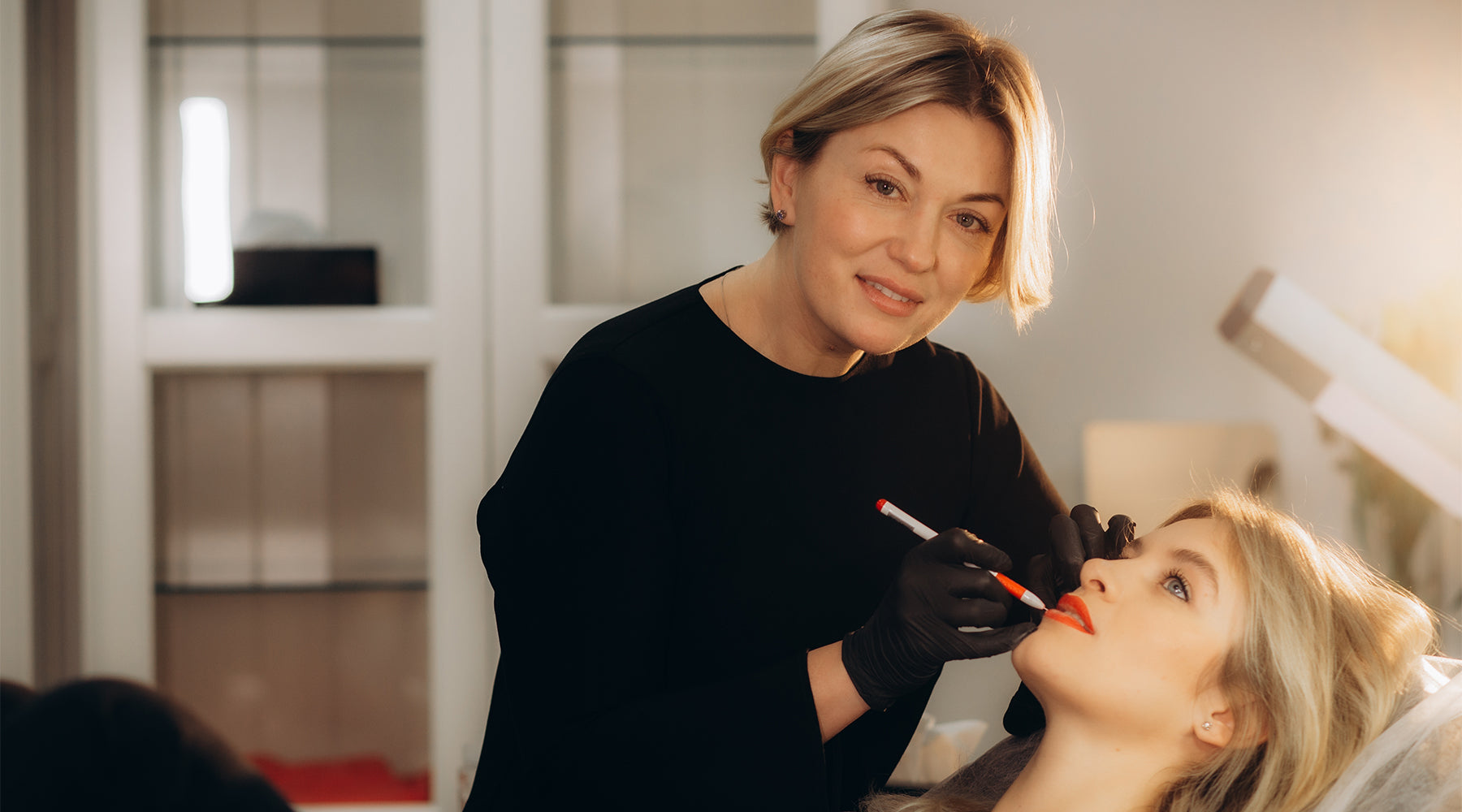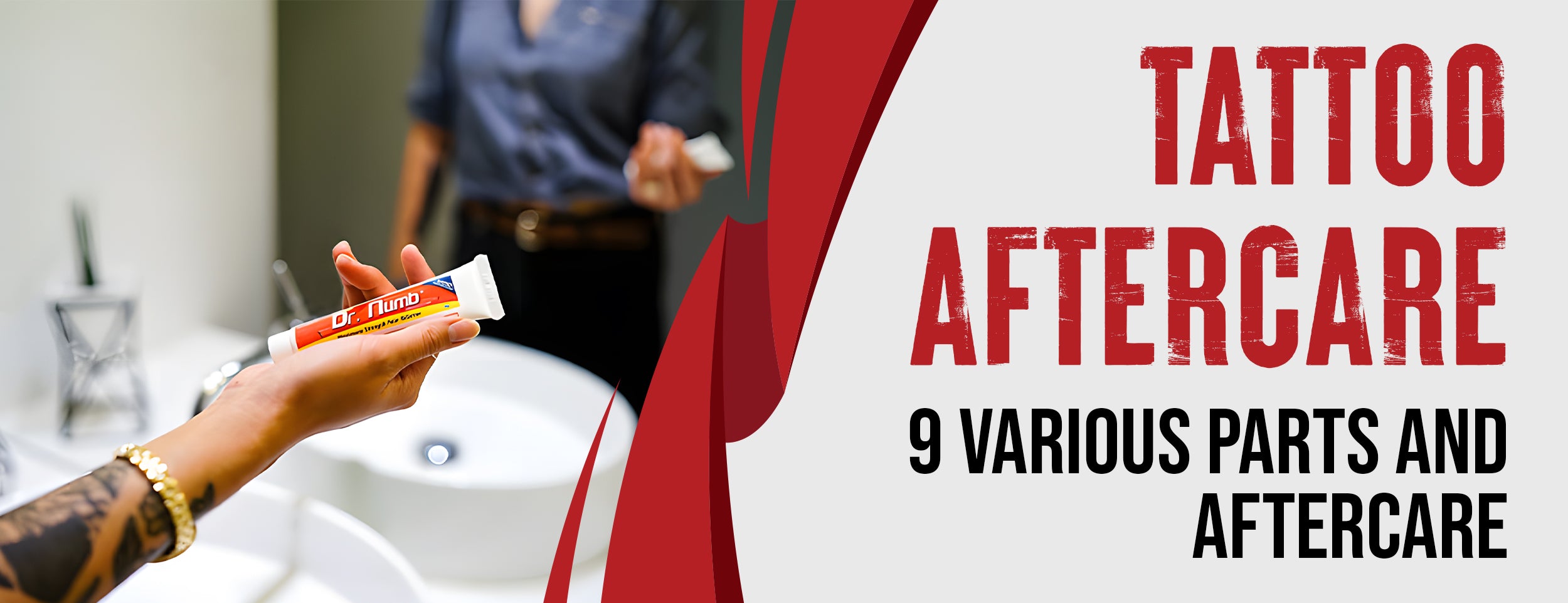New tattoos need to be avoided until they're fully healed. Premature tanning can prolong the healing process and potentially harm the tattoo. It can also lead to premature fading of the tattoo's color vibrancy.
Both tanning and tattoos pose risks of irritation. UV rays from tanning beds can accelerate tattoo fading and premature aging, similar to sun exposure. Choosing to get tanned and inked increases the risk of skin cancer due to the chemicals involved, potentially leading to allergic reactions.
In this blog post, we will explore four significant culprits of tanning and tattooing. Also, regulations and safety measures for tanning and tattooing should be provided.
Which Risk Is Common With Both Tanning And Tattoos: 4 Culprits
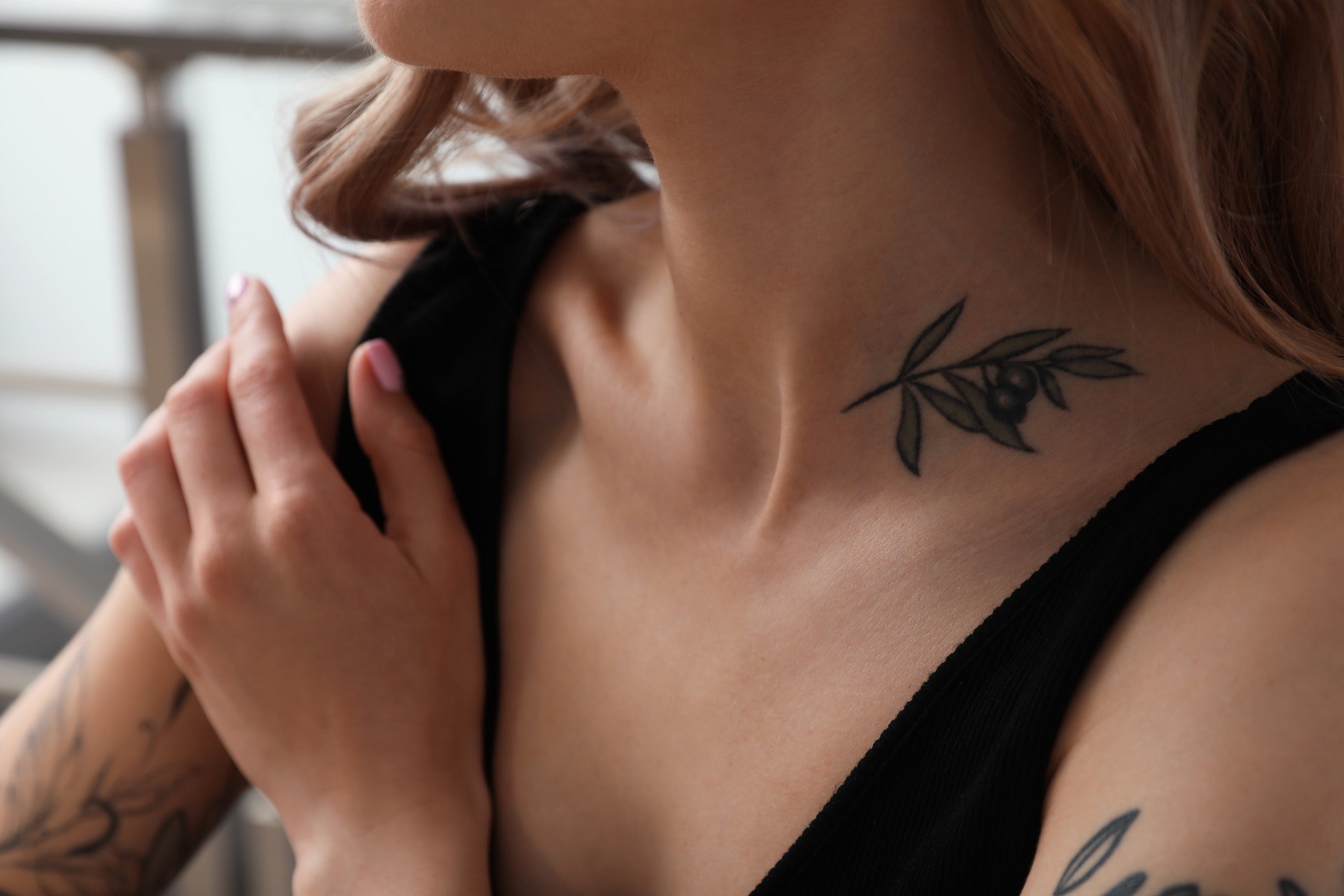
Tattoos and tanning both pose risks to our skin, health, and overall well-being. It's essential to dig into the usual suspects that call for a more careful consideration of the consequences of these popular strategies.
Skin Damage and Premature Aging
When we think about tanning and getting tattoos, we often focus on the immediate results. A golden tan might give us that sun-kissed look we crave, and a new tattoo can be a meaningful expression of our personality. It's important to consider the long-term effects these choices can have on our skin.
How Tanning Affects Skin Health
Tan beds and sunlight can damage the skin with UV rays, potentially causing premature aging with effects such as wrinkles, leathery skin, and age spots.
Frequent tanning increases the risk of painful sunburns, causing the skin to peel and become more vulnerable to damage.
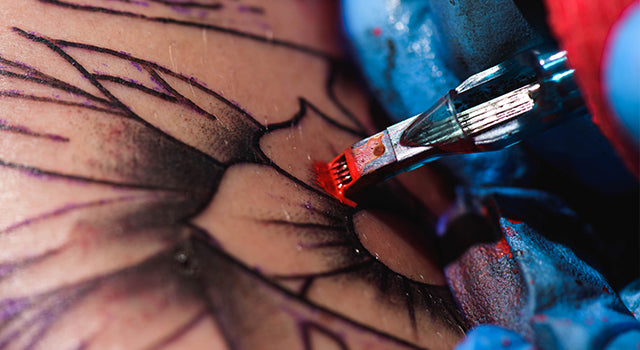
The Effect of Tattoos on the Skin
Tattoo needles repeatedly pierce the skin, injecting ink into the deeper layers. This process can stress the skin, potentially leading to scarring and changes in skin texture.
As the skin heals from a tattoo, infections and allergic reactions can occur, further damaging the skin and affecting its appearance.
The Risk of Infections: Tanning Beds and Tattoo Needles
When we opt for a tanning session or get a new tattoo, the last thing on our minds is the risk of infection. Understanding and acknowledging these risks is essential to making informed health and wellness decisions.
Infections from Tanning Beds
Multiple people use tanning beds and, if not cleaned properly, can harbor bacteria and viruses.
UV rays from tanning can cause minor burns or damage to the skin, making it more susceptible to infections.
Infections from Tattoo Needles
Using unsterilized needles can introduce harmful bacteria or viruses to your body. A new tattoo is like an open wound, requiring proper care to prevent infection.
Allergic Reactions: The Hidden Risk of Tattoos and Tanning

Tanning and tattooing evoke excitement and anticipation. Yet, it's vital to acknowledge a less-discussed issue - the risk of allergic reactions.
Tattoos and tanning agents hold the potential to elicit unforeseen bodily responses and heighten the chances of hepatitis B transmission. Therefore, it is imperative to comprehend and identify these risks.
Tattoo Ink Allergies
Tattoo inks contain various pigments and metals to which some people might be allergic. Red ink, in particular, is known for causing more allergic reactions.
Sometimes, allergic reactions to tattoos don't immediately appear. They can occur weeks, months, or even years after getting the tattoo.
Tanning Product Allergies
Tanning lotions and creams contain chemicals and fragrances that may irritate or cause allergies in some people.
Dihydroxyacetone (DHA), the key ingredient found in many self-tanning products, has the potential to trigger allergic reactions in certain users upon skin application.

A Cancer Concern: Tanning and Tattoos
We often turn to tanning and tattoos for beauty and self-expression. While these practices can boost our confidence and allow us to customize our appearance, they come with hidden risks that are important to understand. Among these risks, the potential link to cancer stands out as a serious concern.
Tanning and UV Exposure
- UV Radiation: Natural sunlight and tanning beds emit ultraviolet (UV) radiation, a known carcinogen. Prolonged exposure can damage skin cells and elevate the likelihood of developing skin cancer, notably melanoma, recognized as the most challenging variant.
- Damage Over Time: The more you tan, the higher your risk. The damage from UV radiation accumulates over time, meaning the risks grow as you age.
Tattoo Inks and Cancer
- Questionable Chemicals: Some tattoo inks contain cancer-related chemicals. While research is ongoing, there is concern about long-term effects, especially with specific ink colors, like red, which may contain mercury sulfide.
- Skin Changes: Tattoos can make it harder to detect changes in the skin, for instance, new moles or alterations to existing ones, which could be signs of skin cancer.
Safety Measures and Regulations for Tanning and Tattoos:

When we decide to get a tan or a tattoo, it's not just about the look. It's also essential to think about safety. Both tanning salons and tattoo parlors have health risks, but there are rules and guidelines to keep us safe. Let's explore the regulations for these industries and how we can protect ourselves.
Regulations for Tanning Salons
Understanding the regulations that govern tanning salons is vital for both salon owners and customers. Let's delve into the essential guidelines for upholding safety and compliance.

- Age Restrictions: Many places have laws that prevent young people under a certain age from using tanning beds because of the higher risk of skin damage.
- Equipment Standards: Tanning beds must meet specific safety standards. To ensure their safety, they must be inspected and maintained regularly.
- Protective Gear: Salons must provide protective eyewear to protect your eyes from UV rays.
Safety Measures For Tanning to Consider
- Limit Exposure: Save time under UV light. Follow the recommended time limits to reduce the risk of skin damage.
- Use Sunscreen: Apply a broad-spectrum sunscreen before tanning to prevent UV damage.
- Check Salon Credentials: Choose a salon that follows all local health and safety regulations.
Regulations for Tattoo Parlors

To ensure safety and quality standards, tattoo parlors must comply with specific regulations.
- Licensing Requirements: Tattoo artists and their parlors must have licenses. This means they have met specific health and safety standards.
- Sterilization Practices: Equipment used for tattoos must be sterilized properly to avoid infections. This includes needles, inkpots, and other tools in contact with your skin.
- Ink Safety: The inks used for tattoos should be safe and approved. There are ongoing research and regulation efforts to ensure tattoo inks do not contain harmful substances.
Safety Measures For Tattoos
- Research the Parlor: Pick a reputable tattoo parlor with excellent reviews about cleanliness and safety.
- Ask About the Ink: ask your tattoo artist about the ink they use and whether they are safe.
- Aftercare Instructions: Following proper aftercare will avoid infection and ensure your tattoo heals nicely.

Conclusion
Navigating the risks of tanning and tattoos reveals they're more than mere pastimes. Skin damage, infections, allergies, and even cancer can loom as threats to beauty and self-expression.
Don't be deterred. Half the battle is won with awareness and knowledge. It's a delicate balance weighing personal expression's joy against health consciousness's necessity. Well-informed choices are the wisest, particularly with your skin and well-being.






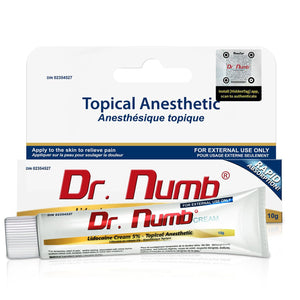
![Antibiotics and Tattoos: 3 Risks and 3 Effects [with 4 Precautions]](http://drnumb.ca/cdn/shop/articles/Can_You_Get_Tattooed_On_Antibiotics__3_Risks_and_3_Effects_4_Precautions.jpg?v=1714128292)
